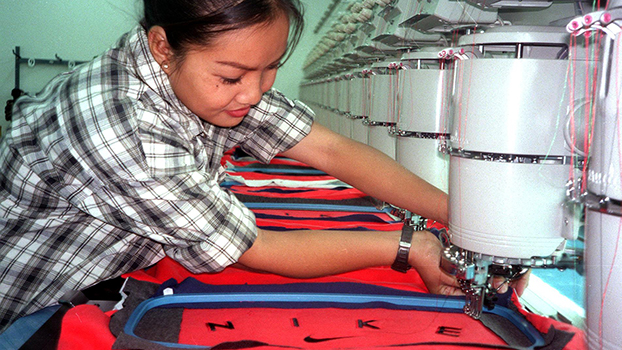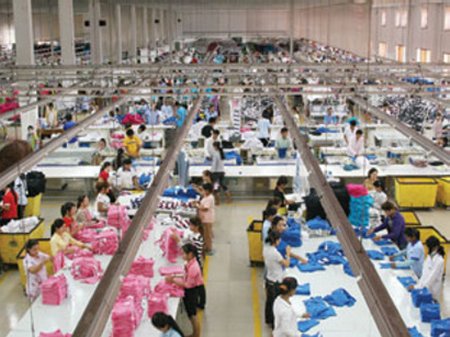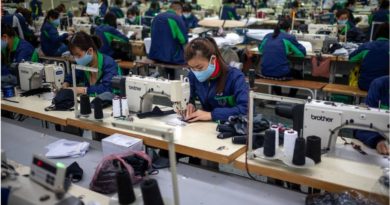Laos’ Garment Industry Faces Severe Labor Shortage
Source: RFA
Garment factories in Laos are experiencing labor shortages as workers are looking to Thailand for greener pastures, sources say.
A factory manager in the capital Vientiane who requested anonymity told RFA’s Lao Service earlier this month, “According to [results] of a survey we need about 10,000 more workers.”
The shortage is the result of relatively low wages in Laos compared to what workers in the same industry can earn in neighboring Thailand.
“Some factories have closed because of labor shortages,” said a factory worker in the capital. “They have a limited budget. So since they can’t pay more, workers are leaving,” the worker added.

An owner of a large garment factory in Vientiane said her factory is always running short on labor. She said the competition is high and workers frequently leave for other factories that pay more, or they leave the country to work in Thailand, where they can make twice as much.
She said the factory can’t afford to offer higher wages.
A representative of the Lao Garment Industry Association in early December reported that over the past three years, the number of garment factories in Laos decreased from 92 to 78. The representative blamed labor shortages as one of the major causes.
“Salaries are too low,” said a young woman in the capital, adding, “If you get only $120 a month, all of that goes to food and shelter.
“It’s not worth it. People who work in the garment industry [here in Laos] are those who have no other choice,” she said.
Meanwhile, a Lao woman in her thirties who has been living in Thailand for several years said, “I came here because I didn’t have money to continue my education.”
“I can’t work in Laos because wages are too low. My mother is old and poor, living in a small hut. I want to help her, so that’s why I came here,” she said.
She explained that she earns twice what she could in Laos, adding “Don’t forget that living costs are lower in Thailand.”
The head of the human resources department of a garment factory in Laos’ Savannakhet province said that finding the labor isn’t as difficult as keeping it.
“We recruit workers from rural areas, but once they’ve been with us for one or two years, they leave for Thailand,” the HR officer said.

Seven years ago, the labor and social welfare ministry reported that more than 200,000 Laotians were working in Thailand. Estimates for 2018 suggest that this figure has since doubled.
To combat labor shortages, some factories are offering perks like free housing and kitchens for workers to prepare their own food.
“It depends on each factory. Many of [our competitors] can’t afford high wages. But some, like mine, can,” said a marketing manager of a factory in the capital.
“That’s why we don’t have any labor shortage problems. As soon as we post that we’re hiring, we get [enough workers].”




